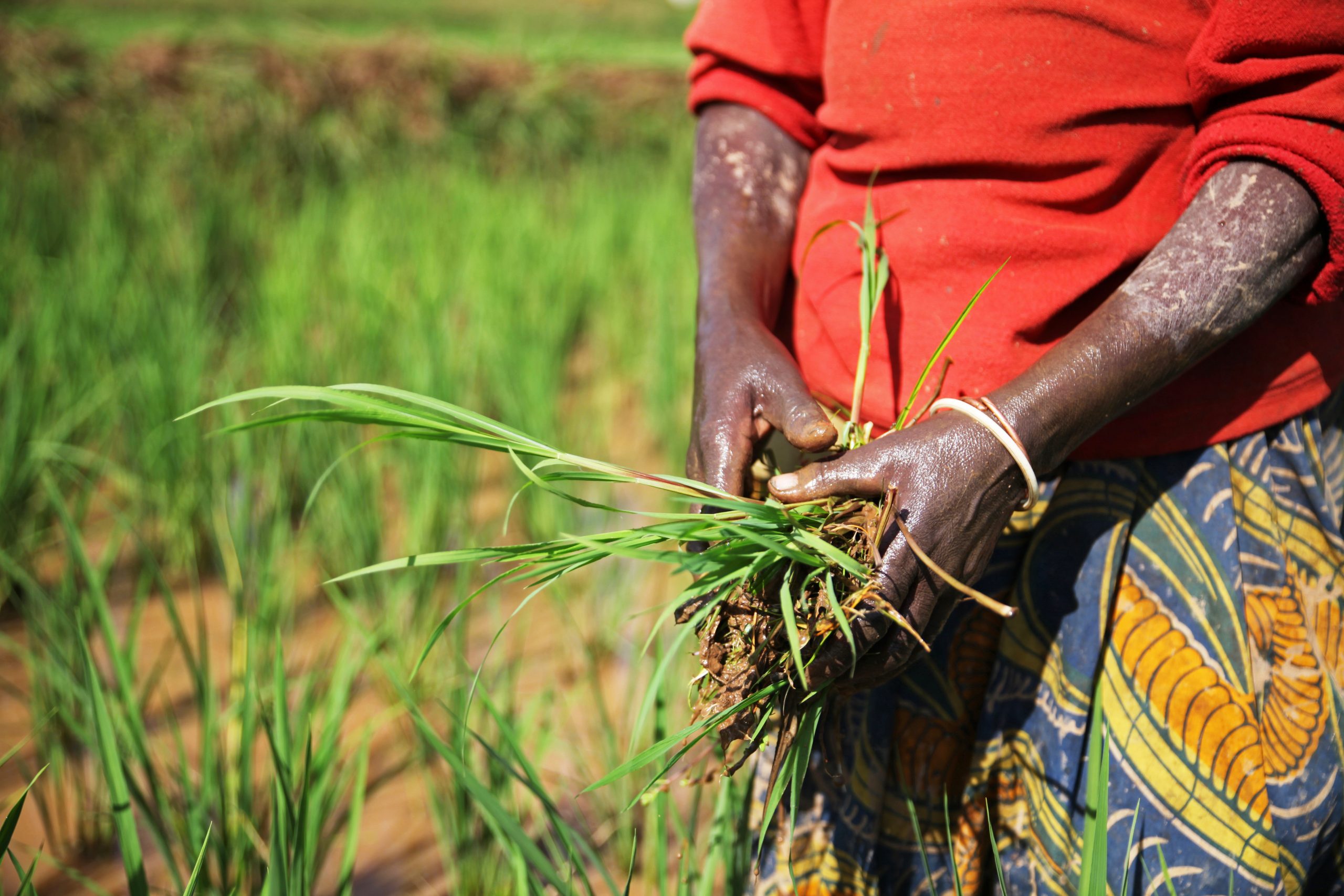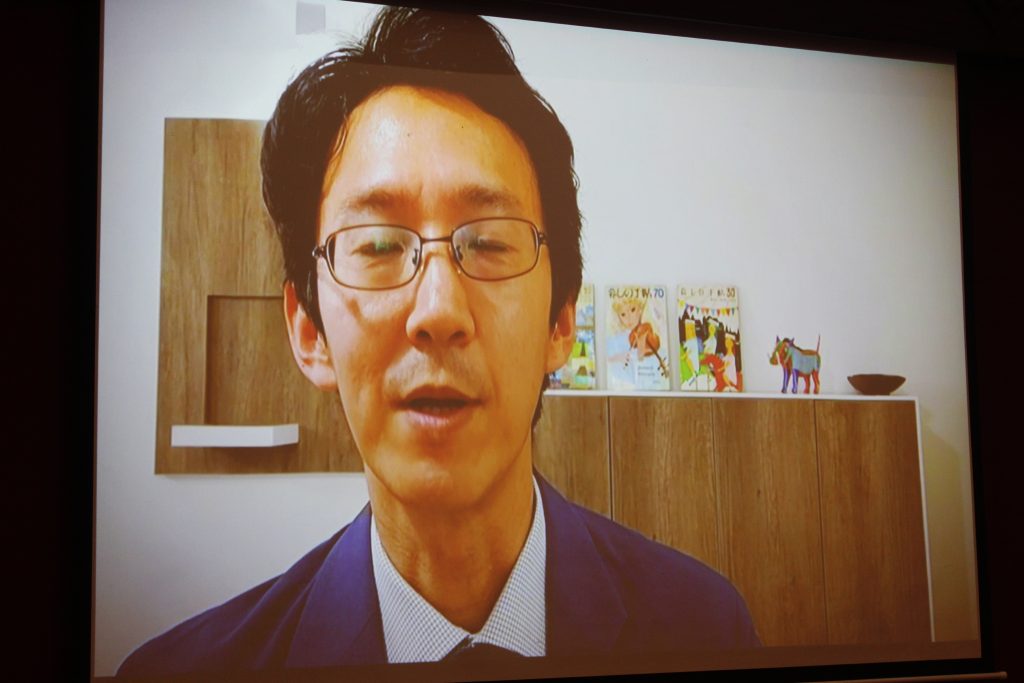Roadmap for Rwanda’s rice sector development

Written by: Mr. Pascal Furaha, Japan International Cooperation Agency, Rwanda
As part of the 2021 East African Rice Conference (EARC), national workshops were held in six African countries: Burundi, Ethiopia, Kenya, Rwanda, Tanzania and Uganda. EARC aimed to identify policy reforms to transform Africa’s rice sector through scientific innovations, and the national events provided an opportunity to assess such opportunities in each of the six countries, individually. In the third blog of our series exploring the outcomes of each of these national workshops, we turn our attention to Rwanda.
The national rice conference held on 18th May 2021 in Rwanda, as part of EARC 2021, yielded key policy reforms which hold the key to transforming the country’s rice sub-sector in line with Rwanda’s National Rice Development Strategy (NRDS) 2 (2020-2030).
The workshop was facilitated by Dr. Murekezi Charles, former Director General of Agriculture Development, Ministry of Agriculture and Animal Resources, and focal Point for NRDS taskforce and Coalition for African Rice Development initiative in Rwanda.

The conference aimed to facilitate knowledge exchange on rice sector research and development at national and regional levels, take stock of public, private and donor-supported initiatives for policymaking and implementation, and boost multi-stakeholder collaboration to achieve national and regional rice self-sufficiency. This would increase food and nutrition security, and alleviate poverty through inclusive, sustainable rice production and commercialisation.
Impetus for implementation of Rwanda’s National Rice Development Strategy
Appreciating contributions of the NRDS 2 development team also in attendance, Dr. Murekezi encouraged the team to contribute to the identification of key challenges and interventions that would improve the rice sub-sector. These contributions would, in effect, support the key pillars of NRDS 2 which are: enhancing rice production and productivity through research and extension, increasing total factor productivity and resilience of rice farms to climate change, facilitating sustainable and market-driven production systems, and improving policy and institutional environments for increasing private sector investments in rice.
“This conference provides an opportunity to deliberate on key directions that will guide future intervention options in rice,” emphasised Dr. Murekezi.
Outcomes of priority thematic discussions
The conference participants discussed six broad topics along two focus themes, which led to suggested interventions on how the identified key issues could be solved.
Rice research and development
Discussions on innovations in rice mechanisation and post-harvest management identified key issues experienced by rice producers, including small farm sizes, limited skills for mechanisation and inadequate use of machinery for rice cultivation.
The participants proposed consolidation of small farms and adaptation of machinery in farm operations to facilitate mechanisation. They also proposed creation of a national centre of excellence to build the capacity of farmers on maintenance of farm machinery. Strengthening breeding of rice varieties would create high yielding, aromatic and long grain rice varieties that are suitable for the local market, something which is currently lacking. Besides, development of appropriate fertiliser would be a good solution to current blanket fertiliser recommendations used by rice farmers.
Inclusive markets and value chains
Improved access to and use of high-quality seed, adoption of mechanisation and use of appropriate fertilisers would reduce production costs and subsequently increase productivity through improved rice commercialisation and livelihood outcomes. In addition, strengthening farmers’ cooperatives would help farmers to aggregate their produce, hence improving access to markets and public infrastructure. On marketing and value addition, the participants proposed enforcement of standards and regulations, and improvement of post-harvest handling to improve the quality of paddy rice.
Rice-based livelihoods: gender, youth and employment creation
Discussions on gendered livelihood dynamics in rice-based food systems revealed that there is limited extension training and information specifically tailored for women, who must divide their attention between rice cultivation and household chores. Development of women-specific extension programmes, strengthening of early child development and care centres and adoption of technologies would reduce drudgery, save time and ultimately increase participation of women in decision-making within rice cooperatives.
Engaging the youth to provide extension services and building the capacity of cooperatives on irrigation and input distribution would increase availability of extension services, which is currently under supplied. It would also create jobs and employment opportunities for youth in the rice sector, meet the demand for post-harvest mechanisation and increase availability of extension services and inputs.
Rice development, climate change, sustainability and resilience
Good farming and water management, improvement of dams, and introduction of new pesticides and disease-resistant varieties would reduce flooding, increase water availability during dry spells and deal with emerging rice diseases. Moreover, research and development, use of appropriate machinery, upholding professionalism and awareness creation on quality seed varieties would strengthen linkages between seed value chain actors. It would also increase adoption of high-quality seed and appropriate equipment for harvesting, processing and handling.
Inclusive finance and investment
Stakeholders in the country’s rice sector reported limited access to loan facilities, which also come with high interest rates. This, coupled with risks, reduced private investment in the sector. To deal with this, the conference proposed tailored agricultural finance with longer grace periods and favourable security requirements. Furthermore, the introduction of agriculture insurance and investment in infrastructure – such as roads, electricity and technical assistance – would improve security and availability of credit to small-scale producers and processors, and consequently increase public-private partnerships.
Rice, dietary changes food and nutrition security
Increased availability and consumption of processed rice products would not be complete without enhanced nutrition of available rice varieties. To achieve dietary changes, there is a need to breed more nutritious and bio-fortified rice varieties and increase innovations and investment in rice processing and value addition.
Conclusion
Reforms in the country’s agricultural policies would enable the implementation of the interventions proposed by the Rwanda national rice conference. These interventions include strengthening inspection, establishing certification, registration systems and subsidies. Other useful reforms include consolidation of rice farms, enforcement of standards, product certification, implementation of private sector strategy and establishment of a rice stakeholders’ platform.
For more information on the Rwanda national rice conference, read the full event report.
Learn more about the other national EARC events, below:
